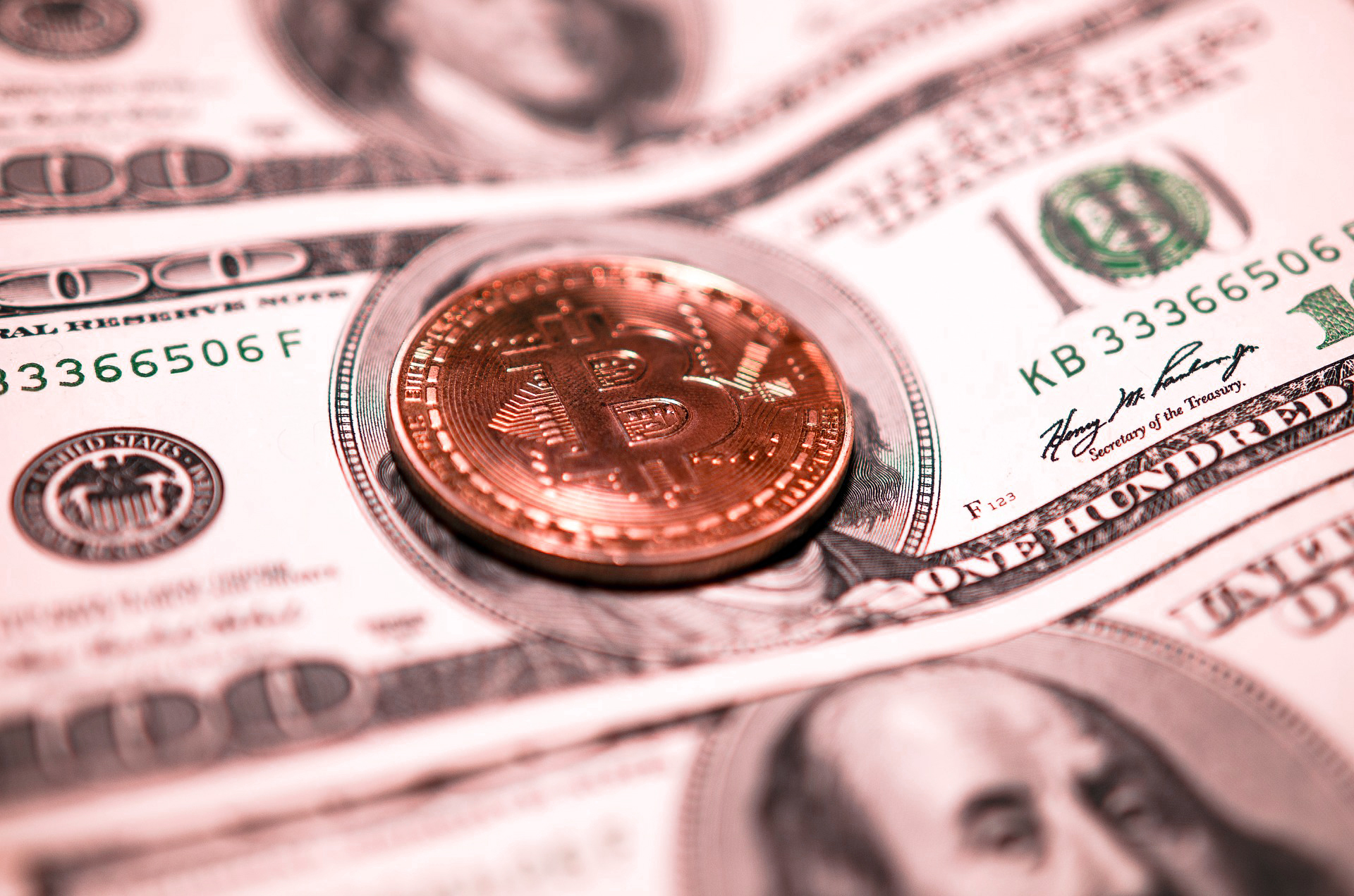How Does Blockchain Technology Work and What Is It?
Introduction
Blockchain technology is a buzzword you’ve probably heard tossed around by friends and colleagues. You might know it has something to do with cryptocurrency like Bitcoin, but what exactly is it? And how does it work?
What’s the difference between blockchain technology and cryptocurrencies like Bitcoin? And is blockchain the solution to all of our problems, or just one of those random technologies that will eventually fade into obscurity?
What is a blockchain?
A decentralized transactional ledger is a blockchain. It’s a database that exists on multiple computers simultaneously, and it’s updated by the parties involved in the transaction.
The database is stored across multiple computers or nodes. These nodes aren’t controlled by one central authority; each node has an up-to-date copy of the database, and updates to it are verified by consensus among all of them.
As soon as two parties decide they want to transact with each other using bitcoin, they’ll broadcast their intention via a message called a “block” across all their connected peers in what’s called “mining.”
This process creates new bitcoins for both parties (but only for the party that started mining first).
What does the design of a blockchain look like?
A block is a group of transactions since the last partnership was created and added to the blockchain.
The blockchain’s genesis block is the very first block, contains unique transaction data (such as “The Times 03/Jan/2009 Chancellor on verge of second bailout for banks”), and serves as the transaction’s starting point.
Each additional block contains a cryptographic hash of all previous blocks in the chain, linking them together in an immutable ledger.
The fact that each new transaction must be included in a new block means that this information is publicly available and cannot be altered retroactively without altering all subsequent blocks (you can’t change history).
This gives you confidence that your transaction will not be tampered with or reversed if another person makes malicious transactions with your money.
How does blockchain work?
A blockchain is a decentralized, distributed ledger that’s open to everyone, and it’s made up of blocks containing data that are added over time as transactions occur.
The blocks contain information about each transaction and are connected to the next block in sequence through cryptography (more on later).
This means that all the participants in the network have access to an identical copy of that ledger at any given time.
The fact that all users share ledgers means they can’t be tampered with or altered once they’re recorded—which makes them highly secure and trustworthy.
Think about it: What would happen if your bank account was stored on a single server at your bank and someone could hack into it? Your money would be gone.
But when millions of copies exist worldwide thanks to blockchain technology, if hackers or malicious actors compromised one, there would still be thousands more, preventing theft from happening again.
Who invented blockchain technology?
Satoshi Nakamoto is the pseudonymous creator of Bitcoin and its open-source software. Satoshi Nakamoto has not been identified, but many believe he’s a group of people who may be Japanese, possibly living in the United States or Europe.
It’s also possible that he’s male, but there’s no objective evidence to support this theory – it just seems like an easy answer because Satoshi means “wise,” and Naka means “middle.” Hence, you’d have to be wise to create something as complicated as Bitcoin.
How does Bitcoin relate to blockchain technology?
Bitcoin is a form of cryptocurrency, but it’s not the only one. There are other forms of digital currency your business may want to consider if you’re looking for ways to increase efficiency and cut costs.
Bitcoin uses blockchain technology as its underlying mechanism for verifying transactions and providing security.
Blockchain allows users to send Bitcoins directly from one person to another without an intermediary such as a bank or government.
This process is made possible thanks to cryptography, which provides strong encryption that prevents fraudsters from spending someone else’s Bitcoin or double spending their own money (spending it twice).
In addition, the fact that there are no intermediaries makes Bitcoin transactions extremely fast: you can send someone $1 million via Bitcoin in less than 10 minutes.
If that same transaction were made through traditional banking systems like SWIFT or ACH (Automated Clearing House), it would take days or weeks to reach its destination account.
Where does Ether come from?
Ether, the currency of Ethereum, is used to pay for computation and services on the Ethereum network. It’s also a transaction fee when you send assets over the blockchain.
This means that every time you send someone Ether or any ERC-20 token (#ERC20), you pay a tiny amount of Ether to miners who run mining nodes to process your transaction and confirm it on their blockchains.
What’s wrong with the current system of monetary exchange?
You might wonder why blockchain is needed when we already have credit cards, checks, and bank transfers. What’s wrong with the current system of monetary exchange?
The answer lies in how payments are processed. When you pay with a debit or credit card, your transaction is processed by a central authority. This bank verifies that you have sufficient funds before authorizing payment to the merchant (who then pays their suppliers).
This process takes time: sometimes minutes or even days depending on what kind of purchase you’re making and where it’s being made. And fees can be high: up to 5 percent or more of each transaction value! But what if there was another way?
Blockchain technology could provide an alternative solution: instead of relying on centralized banks to verify transactions before they’re approved, blockchain uses peer-to-peer networks instead, creating an immutable record every time someone spends money. The result? Faster payments and significantly lower transaction costs for everyone involved.
How are transactions in a blockchain verified?
Now that you understand blockchain let’s explore how transactions are verified on the Bitcoin network.
The blockchain is a shared public ledger that records all transactions made on the Bitcoin network. It’s available to everyone who owns bitcoins, and anyone can see it in real time because it’s open-source software (meaning, anyone can look at it).
People can send bitcoins from one address to another using their private key (like a password) to sign off on their money.
This transaction must then be added to new blocks of data constantly generated by computers worldwide working together in an effort called mining.
Miners bundle these recent transactions into chunks called blocks and send them out for verification by other miners/computers within their network and competing networks across different countries and continents.
When someone verifies this transaction, they add it onto their copy of the ledger, which allows them to follow along with all previous transactions made since its inception and determine if this particular sender has enough funds available for this transfer before adding it onto their copy of the ledger as well.
Blockchain technology is changing how we transfer money
Blockchain is a public ledger of transactions. Every single transaction ever carried out with blockchain technology is recorded on the blockchain and verified by thousands of computers around the world simultaneously.
Because anyone can use this database, it’s not controlled by any single entity or company—it’s decentralized and works independently from any central authority. This makes blockchain extremely secure, fast, and transparent.
Conclusion
Blockchain technology is an exciting new technology that can improve the world. It has the potential to improve everything from online voting systems to supply chains, and it could have significant implications for how we do business in the future.




2 thoughts on “How Does Blockchain Technology Work and What Is It?”